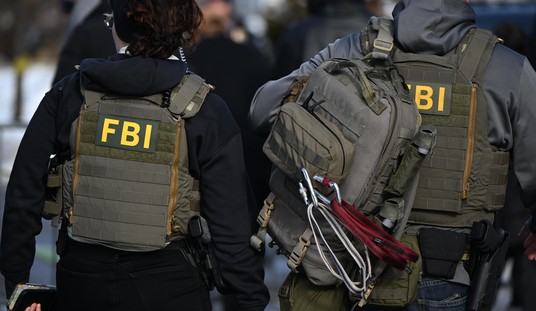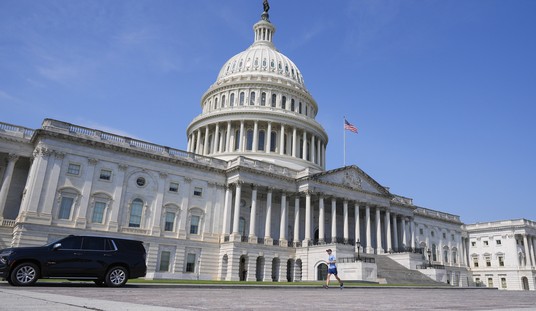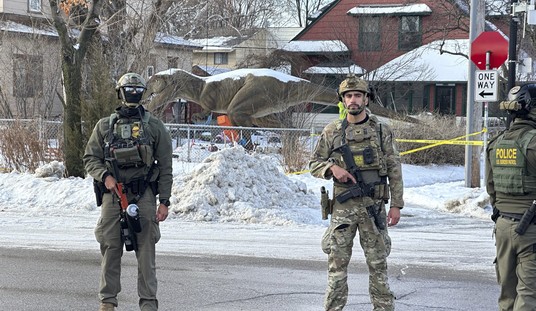Bombs, missiles, and free-falling economies are finally beginning to have an impact on the price of crude oil. In the Middle East, two missiles were fired at the USS Mason in the Red Sea, presumably by the Iranian-backed Houthi rebels. The action follows a wild weekend that saw a Saudi bombing on a funeral hall attended by top military and government officials, resulting in 150 deaths in Yemen’s capital.
In addition to the missiles launched on the U.S. destroyer, Houthi rebels launched missiles near a military facility in Saudi Arabia. The Yemeni Civil War has been an expensive drag on the Middle Kingdom, coupled with the sharp decline in the price of crude. I suspect that at some point, Saudi Arabia will blink and throw in the towel on its war with American drillers.
The country suffered a record $98 billion deficit last year and has been tapering its foreign reserve at an alarming pace.

There’s no doubt the country has the cheapest oil to get out of the ground, but its financial commitments are enormous.
Moreover, there will be a major need for even more weapons as the threat from Iran-sponsored antagonists and ISIS looms larger each day.
On that note, it should be noted that Saudi Arabia has spent $115 billion in military hardware from the United States since the Obama presidency, including a recent deal to purchase 153 Abrams tanks for $1.15 billion.
At $87.2 billion, Saudi Arabia was the number three buyer of military equipment in 2015, following the United States and China. Saudi Arabia more than doubled its military spending from 2006 to 2015, which is followed closely:
- Iraq $13.1 billion +536%
- Iran $10.3 billion +30%
Then there’s the wall. The Saudi Anti-ISIS Wall isn’t pretty, but it’s a beautiful blend of technology and deterrence that stands as the last barrier to stop a military invasion by ISIS or any potential successor. It’s really nuts that the Middle Kingdom decided to go to war with American oil companies.
Recommended

It’s clear that while U.S. rigs have been whipsawed by more than half the biggest players, they are not only staying in businesses, but they also are buying weaker rivals. Soon Saudi Arabia is going to blink.
Russia Blinks, too
Then there’s Russia, which needs to find a way to get crude oil prices higher. Russia’s Gross Domestic Product (GDP) tumbled 35% last year from 2014 and 41% from the peak in 2013. Chatter from their oil minister added to mounting hopes that some kind of major output freeze would be agreed upon despite all the false starts.

Crude oil hit a huge resistance point at $51.35 and may need big drawdown news to break away; as it does, there is a straight shot to $60.00+. Ironically, even though energy was the best-performing sector in the S&P 500, utility stocks were the second-best performers, underscoring a persistent anxiety and the need for safety.

























Join the conversation as a VIP Member